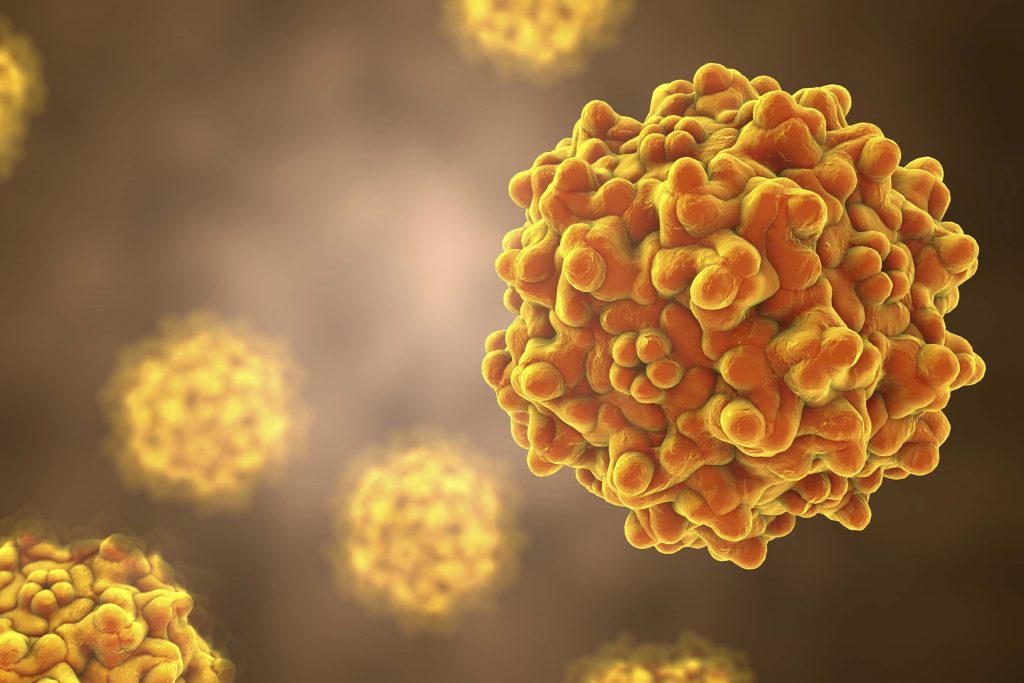In the previous In Layman’s terms – what is gene therapy article, I explained that gene therapy could treat patients with damaged or missing genes. Gene therapy is the process of transferring a functioning gene into a patient’s cells, and that a vector facilitates this transfer of genes.
A vector, such as an adeno-associated virus (AAV), is a vehicle that can shuttle functional genetic material into the interior of a cell, release that information so that the host cell machinery can read it and transcribe it into proteins that facilitate “normal” body function.
AAV-based gene therapies have succeeded as treatment options for patients with various genetic diseases such as eye disease retinal dystrophy treated using Luxturna and a nerve‑muscle communication disorder known as spinal muscular atrophy (SMA) using Zolgensma, according to Food and Drug Administration (FDA).
As of December 2019, at least 30 completed AAV-based gene therapy programs may lead to treatment for various diseases. So, what are some of the features of AAV that make it great for gene therapy?
A) Limited exposure to our immune system.
- In nature, AAVs are dependent on Adenoviruses to be present at the same time for them to begin their replication cycle; this makes AAVs that have infected our bodies generally dormant.
- AAVs small size of approximately 25nm vs. Adenovirus at approximately 100nm in diameter makes their detection by immune system relatively harder and hence fewer chances of the body responding by sending out antibodies to resist the therapy.
B) How AAV used for treatment is produced.
- Because of advances in the understanding of AAVs, many of the genetic features that may make the virus deadly to patients are extracted from gene therapy vectors. Their small stature, combined with their current production, significantly diminishes their chance of eliciting an immune reaction when used for treatment.
- There is no fear of virus genes integrating and becoming one with the patient’s genes because the therapeutic AAVs cannot fuse with human genes.
-
Let’s expand on these features a little for a deeper understanding.
According to Nature Reviews Drug Discovery, Virologists accidentally discovered AAVs in the 1960s while studying Adenoviruses.
Adenoviruses, as we said earlier, are large viruses that cause a wide range of diseases.
For example, Pink Eye is a commonly known adenoviral infection. AAV’s nomenclature Adeno-Associated Virus originates from the fact that, in the wild, they can only replicate themselves in the presence of Adenovirus.
After 20 years of research, scientists completed the sequencing of the AAV gene and discovered why their production ability couples with the presence of Adenovirus. This discovery led to creating a process where AAV production can be controlled by employing AAV-helper gene sequences made in the laboratory instead of using live Adenoviruses to produce more AAVs.
These advancements made currently produced AAVs, commonly called recombinant AAVs (rAAV), easier to create in the lab. Furthermore, removing the need for coupling Adenovirus (a large virus) in the preparation procedures, made rAAVs less likely to activate an immune response due to Adenovirus fragment contamination.
Additionally, because of primary research and full sequencing of the genome, all parts of the AAV genome and their functions are well known. Understanding the AAV genome is relevant because to use AAVs as vectors, you first have to remove unwanted parts of the AAV DNA or genes and swap them with the therapeutic gene of interest.
Molecular biologists use various techniques – to be covered in future articles- to excise the unwanted genes and insert the genes of interest and finally combine them into one rAAV vector genome. Raw vector genes make it possible to remove a lot of the AAV genetic material that may cause disease and replace it with DNA or genes needed for treatment.
In the end, rAAVs are an organized combination of viral DNA and synthetic or therapeutic DNA. The viral DNA is needed as a GPS for the rAAV to infect cells and take over their replication machinery, mainly the functions for which viruses excel.
Only after reading and transcribing the viral DNA, are the functional proteins that a patient needs for survival and restoring “normal” body function possible.
The small size advantage of rAAV is also it’s greatest disadvantage.
Think about a situation where you have typed up your email and uploaded your attachment and hit send only for the email bounce back, saying the attachment is too big to send.
AAV-based gene therapies could experience a similar complication, where the gene of interest is too big to be packaged inside the rAAV.
Molecular biologists continuously have to figure out what parts of the DNA sequence are necessary and sufficient for a therapeutic effect. With rAAV limitation of approximately 4.7kb, gene therapy for genes of interest greater than 4.7kb has no single vector yet; this is one of the significant limitations of AAV-based gene therapies.
Many researchers worldwide are working hard to develop strategies to overcome the size limitation of the AAV packaging. Some include using a gene therapy approach of injecting two rAAV vectors, each carrying only 50 percent of the gene of interest with the anticipation that once they make it into the cell, they will be transcribed as one unit by the host cell machinery.
These techniques are still under investigation, and in future articles, we will look into what researchers have proposed to circumvent and maybe even overcome this rAAV vector limitation.
Bibliography
fda.gov. (n.d.). Retrieved from FDA.gov: https://www.fda.gov/vaccines-blood-biologics/cellular-gene-therapy-products/approved-cellular-and-gene-therapy-products
Wang, D. T. (2019). Adeno-associated virus vector as a platform for gene therapy delivery. https://doi.org/10.1038/s41573-019-0012-9. Nat Review Drug Discovery 18, (2019)., 358–378.
